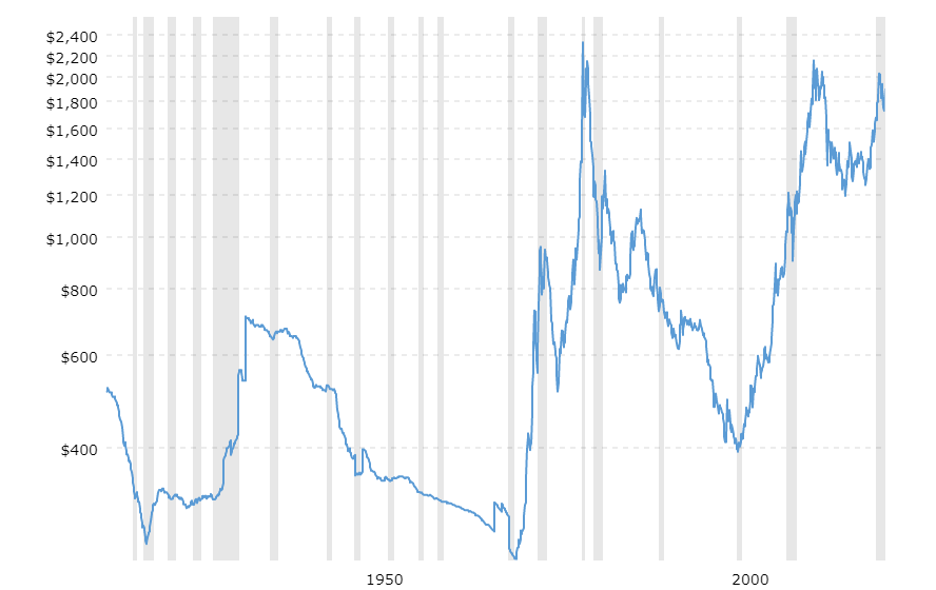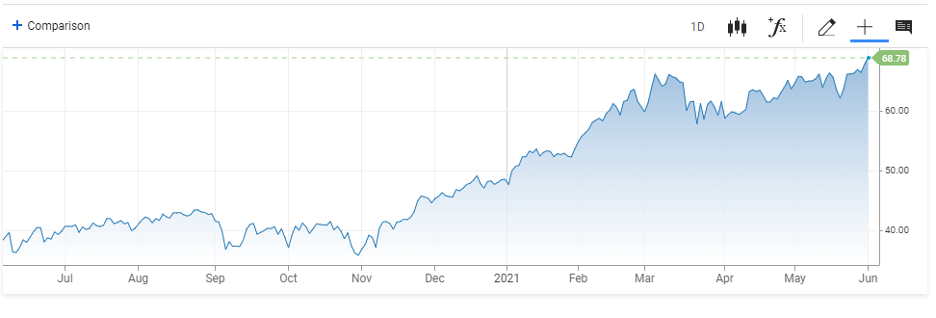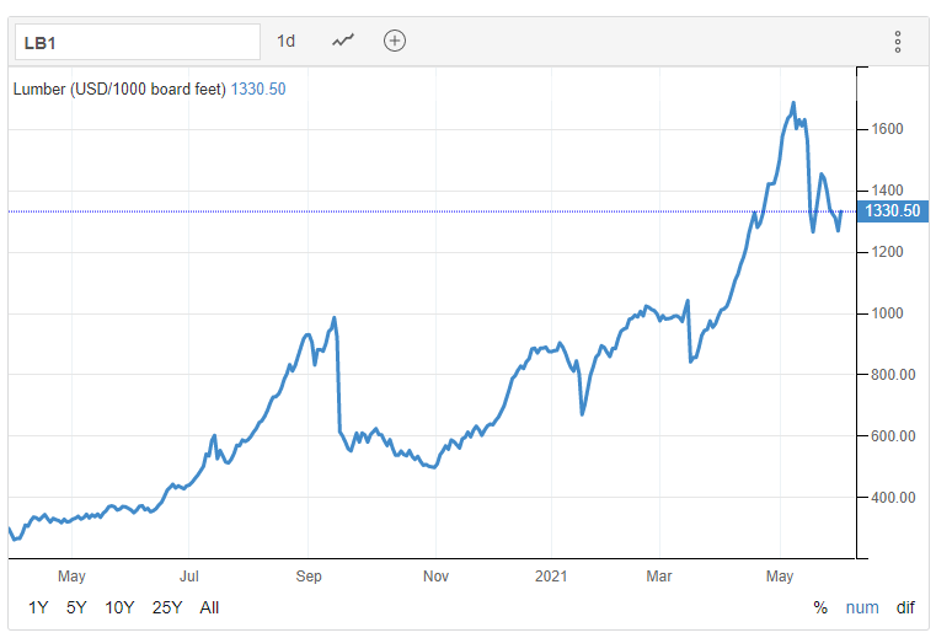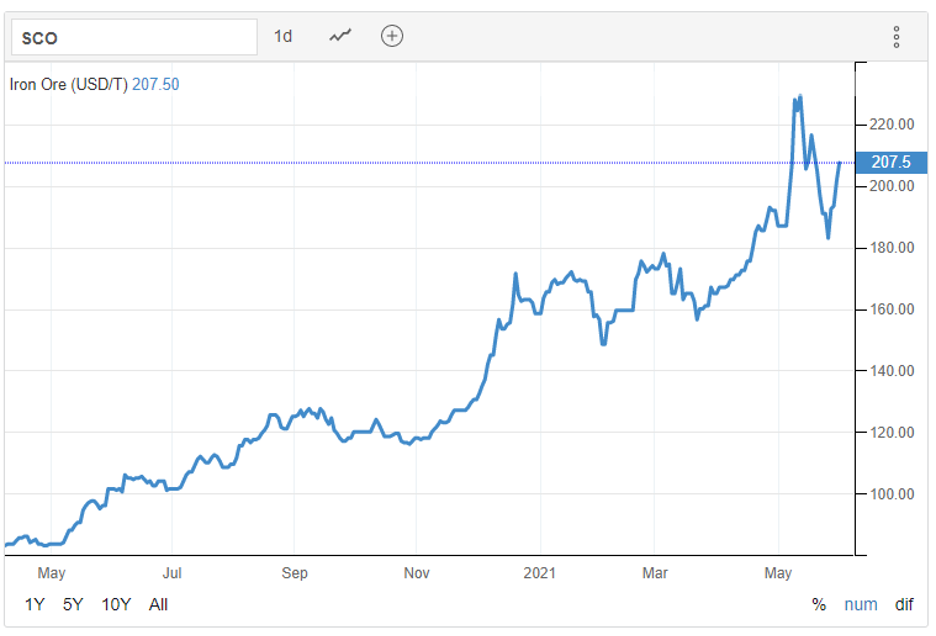Previously, we defined “inflation”, explained how it’s measured, described its causes, and discussed why it can be a problem. We also described the general characteristics of investments that may help retirees protect themselves against inflation, and we identified several specific investments can be good inflation hedges.
What Makes an Investment a Good Inflation Hedge?
Retirees should invest in assets that have these key attributes:
Store of value. The asset shouldn’t lose value when interest rates rise and inflation increases.
Liquidity. You should be able to sell the asset and receive cash without the price changing.
Marketability. You should be able to sell the investment at any time, in a robust market of buyer and sellers.
Now let’s go back our list of assets that are often considered good hedges against inflation.
Gold
If you ask self-directed investors [hover over – people who manage their own investments, without the help of an advisor] what they consider to be the best investment to fight inflation, most of them will put gold at or near the top of their list. This precious metal is considered by many as the most reliable store of value when the US dollar loses value and prices go up. However, gold is a problematic investment and its track record as an inflation hedge is mixed at best.
Investors who buy physical gold need a way to store it. There are security issues and costs associated with storing gold that don’t apply to intangible investments like stocks, bonds and mutual funds. Also, gold doesn’t provide any income. The only way for retirees to benefit from owning gold is if its price goes up.
But if the price of gold does go up and investors sell it, they face another problem. The Internal Revenue Service considers gold a collectible and when it’s sold, it triggers a long term federal capital gains rate, currently 28%.
Gold is a highly volatile asset. It’s also not the inflation hedge that many investors believe it is. Here’s the evidence. The chart below from Macrotrends shows the price of gold starting in 1915 and extending through May 2021. The price of gold is deflated using the consumer price index with the most recent month as the base.

Source: Macrotrends
So, while gold has a long-standing reputation as an effective inflation hedge, it really isn’t.
Real Estate
Have you noticed that the value of your home has gone up over the years that you’ve owned it? Real estate is considered by many investors to be an excellent hedge against inflation.
There are many ways to invest in real estate, both residential and commercial.
Your home is a residential real estate investment. While it doesn’t generate income – unless you’re renting out a portion of it – your home will increase in value over time. The rate at which it will appreciate will vary, depending on your local market. But, in general, residential real estate appreciates at a rate very close to the overall rate of inflation.
You could also invest in residential rental property, including homes, apartments, and multi-unit dwellings. These investments will provide rental income as well as appreciation. As a landlord, you’ll be able to increase the rent as inflation goes up.
The drawbacks of investing in rental property include transaction costs, maintenance costs, property taxes, illiquidity, and laws and regulations.
You could also invest in commercial real estate. Most retirees do this through real estate investment trusts (or “REITs”). If you invest in a publicly traded REIT, either directly or through an exchange-traded fund, your investment will be relatively liquid if you want to sell it. REITs also provide professional management and eliminate many of the undesirable aspects of real estate ownership. REITs can provide consistent and increasing income and price appreciation in an inflationary environment.
Commodities
Drivers filling up their cars in June 2021 were in for a bit of a surprise, if they paid attention when paying. Here is the one-year chart for the US oil benchmark “West Texas Intermediate” with a July 2021 delivery.

Source: CNBC
What about lumber prices? If you’re building a house, remodeling or adding a deck, you’re paying much for wood than you would have a year ago. Here is a one-year chart for lumber (measured in dollars per 1,000 board feet).

Source: Trading Economics
What about iron ore, used in manufacturing steel products?

Source: Trading Economics
Are you noticing a pattern? These are all key raw materials in the global economy. When the economy strengthens, demand for these raw materials increases and the prices of commodities rise.
So, investing in commodities is considered by many to be a good strategy to hedge against inflation.
Commodities generally fall into broad categories: metals, energy, livestock, and agriculture, to name a few of the most important ones. There are various ways to invest in commodities. Most investors use futures, options, exchange-trades funds (or “ETFs”) and exchanged traded notes (or “ETNs”). Rarely will investors actually buy the physical commodity. The taxation of investments in commodities is based on what financial instrument is used to own them.
There are problems associated with investing in commodities. The prices of commodities are notoriously volatile. For example, oil futures actually went negative in the spring of 2020, when the demand for crude evaporated and refiners didn’t want to take physical delivery of oil that was stored all over the world. Another problem with commodities is that they don’t generate income. Investors are speculating that the price will go up and that they’ll be able to sell their positions for a profit.
If you decide to invest in commodities, use a financial instrument that’s readily traded, and keep your allocation to a small percentage of your overall portfolio.
Treasury Inflation-Protected Securities (TIPS)
How about an investment that’s a bit more secure? Securities issued by the United States Treasury are considered among the safest in the world. If you buy a 90-day Treasury Bill or a 10-year Treasury Note, you can be highly confident that you’ll receive your interest payments as scheduled and your principal back at maturity.
The US government issues securities called Treasury Inflation-Protected Securities (or “TIPS”) that are a very attractive inflation hedge. At the TreasuryDirect website, you’ll see that the principal amount of a TIPS bond increases with inflation (and decreases with deflation), as measured by the Consumer Price Index (or “CPI”). When these investments mature, the investor is paid the adjusted principal or original principal, whichever is greater.
Unlike many other inflation hedges, TIPS pay interest (twice a year) at a fixed rate, which is applied to the adjusted principal. Consequently, your interest payments rise with inflation (or fall with deflation).
TIPS are currently issued in terms of 5, 10 and 30 years. They can be held to maturity, or sold before maturity. The minimum purchase for a TIPS bond is $100, and they can be bought directly at the TreasuryDirect website, through a bank or broker, or by buying a TIPS ETF. They are issued electronically, so you never have to worry about losing a physical paper bond.
The interest income and growth in principal are exempt from state and local income taxes, but subject to federal income tax.
TIPS are one of the most attractive ways for retirees to hedge against inflation. They’re safe, they provide income, the principal and interest are indexed with inflation, and they’re tax-advantaged.
Series I Bonds
There’s another offering from the federal government that provide inflation protection. Interest on Series I Bonds is based on a combination of a fixed rate and an inflation adjustment. The fixed rate remains the same for the life of the bond. The inflation rate is set twice a year. At the TreasuryDirect website, we can see that, for bonds issued from May 2021 through October 2021, the combined rate is 3.54%.
I Bonds are issued with a 30-year term. These bonds are so-called “zero coupon” bonds, which means that they don’t pay interest. Instead the interest is added to the value of the bond.
They can be cashed in after one year. If an investor cashes in an I Bond before five years, they’ll lose the previous three months of interest. The minimum purchase amount is $25 in electronic form and $50 in paper form. The maximum purchase amount is $10,000 per year in electronic form and $5,000 per year in paper form.
You can buy I Bonds at the TreasuryDirect website or when you file your federal tax return. I Bonds are subject to federal income tax, but exempt from state and local taxes. The owner of an I Bond has the option of paying taxes on the cash method or on the accrual method.
TreasuryDirect also provides a comparison of TIPS and Series I Bonds.
Floating Rate Securities
What about an investment that pays income with a variable (rather than fixed) interest rate? Floating rate securities are debt instruments that pay income that’s linked to an interest rate index. The rate of interest from “floaters,” as they’re also known, is tied to a benchmark or a formula. The benchmark could be US Treasury notes, the Federal Reserve funds rate, the London Interbank Offered Rate (or “LIBOR”) or the prime rate.
Floating rate notes (or “FRNs”) are issued by financial institutions, governments, and corporations. The maturities typically range from two to five years. In general, the longer the maturity, the higher the yield. However, the yield is usually tied to a short-term interest rate benchmark. Consequently, the yield on an FRN will be lower than the yield on a fixed rate bond with the same maturity. Investors buy FRNs because they anticipate the benchmark rate will rise and thus increase the effective yield on the FRN. This dynamic acts as an inflation hedge. The coupons are paid monthly, quarterly, semi-annually or annually.
FRNs do present some challenges. There’s default risk, which occurs when the issuer can’t pay the note’s promised interest or principal. The coupon payments can be volatile, because the benchmark is variable.
One example of an FRN that might interest retirees seeking to hedge inflation with a conservative investment is the Floating Rate Note issued by the US Treasury. These are issued with a term of two years. They pay varying amounts of interest quarterly until maturity. You can buy US government-issued FRNs through TreasuryDirect and through banks and brokers. You can also buy them via an ETF, such as the iShares Treasury Floating Rate Bond ETF (ticker symbol TFLO).
The taxation of FRNs depends on the issuer. In the case of Treasury FRNs, the interest is subject to federal tax, but exempt from state and local income taxes. If instead you owned the iShares Floating Rate Bond ETF (ticker symbol FLOT) which tracks an index of US dollar-denominated investment-grade floating bonds, you’d be subject to federal, state and local taxes.
Stocks
We’ve saved the simplest and perhaps most obvious way for investors to hedge against inflation for last. When the economy grows, businesses become more valuable and their stock price tends to appreciate.
The long-term historical rate of return (including dividends) for the broad US stock market is 7-10%, depending on the index and the period. The long-term historical rate of inflation in the US is approximately 4%. So, if you owned a diversified portfolio of US stocks, it’s safe to assume that you would have kept ahead of inflation.
Retirees are often inclined to reduce their exposure to stocks as they get older. Fear of loss is often the motivation. Unfortunately, reducing a portfolio’s exposure to stocks also lowers its ability to keep pace with inflation.
Final Thoughts
Inflation can easily jeopardize a retirement plan. Like a slow leak on a boat, it can cause retirees to slowly lose purchasing power over time. Yet, there are investments that allow retirees to combat inflation and maintain their purchasing power. You should decide which are the most appropriate for you, given your investment horizon, risk capacity and tolerance, and need for liquidity.
Looking for Guidance?
If you need help investing for inflation and staying on course in retirement, consider working with a Certified Financial Planner™ (CFP®). Advisors who hold this designation have met rigorous educational, experience and ethics requirements.
If you’re looking for help with your retirement plan, contact us today to see how our team at Springwater Wealth can help you.
